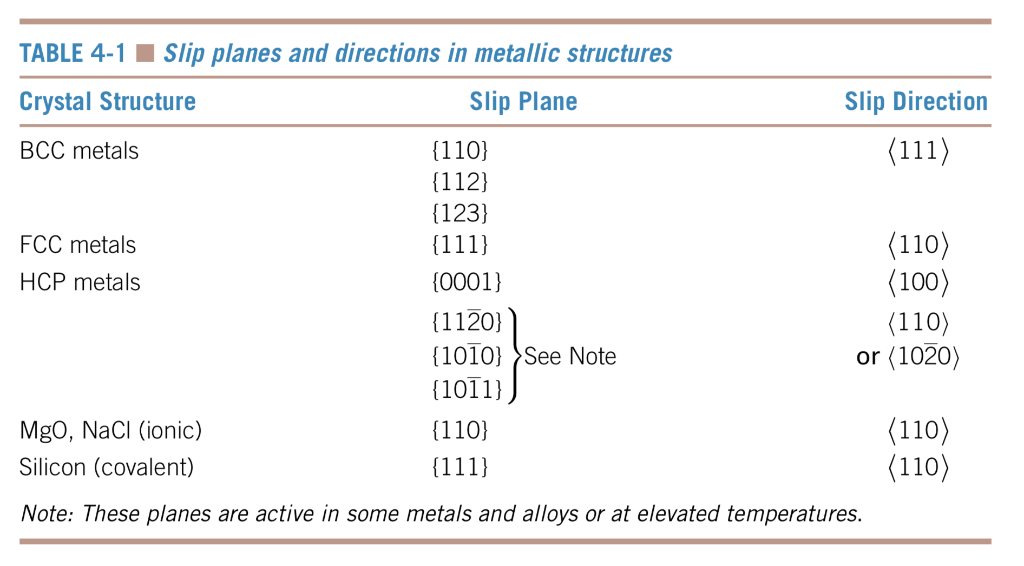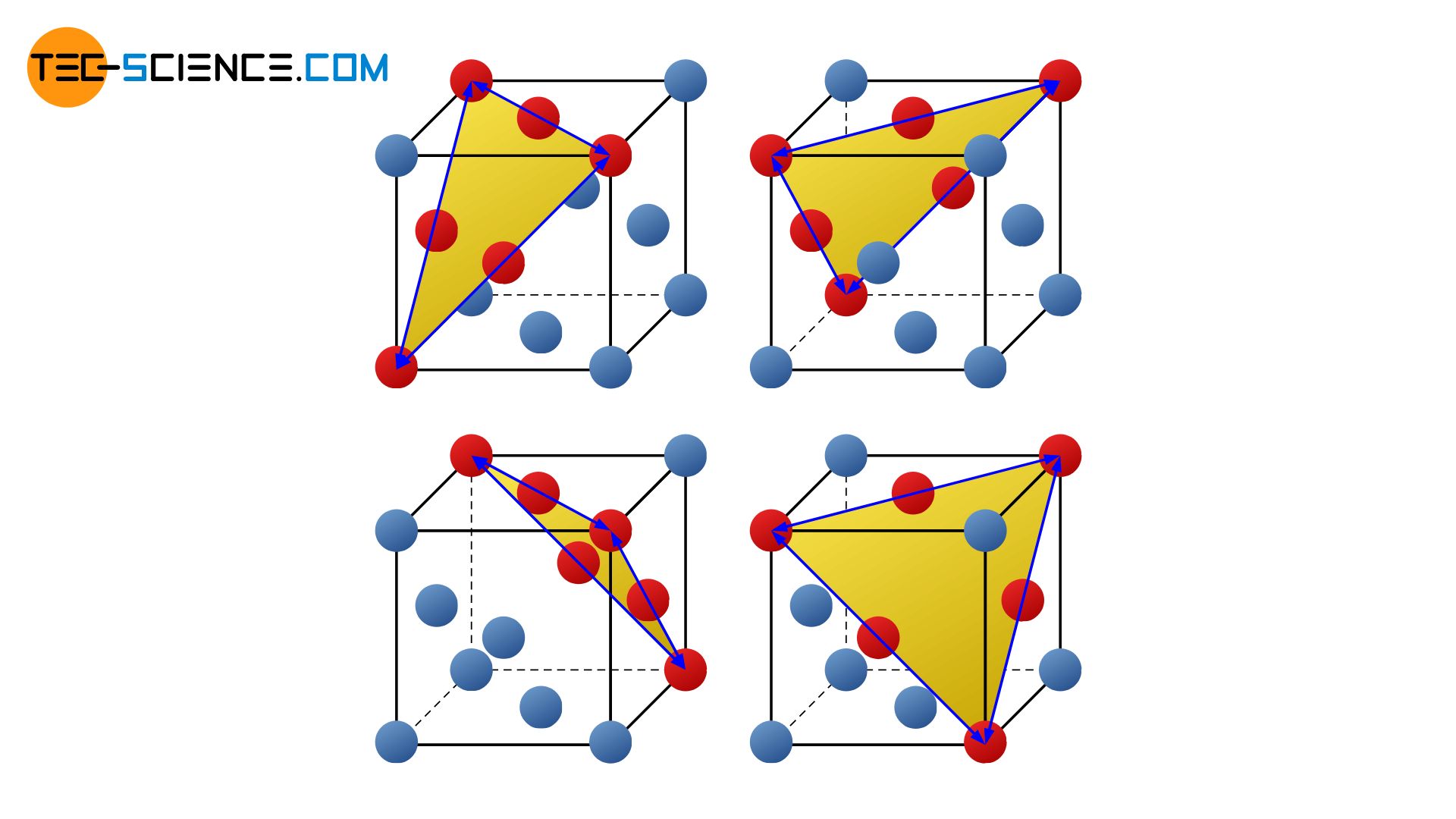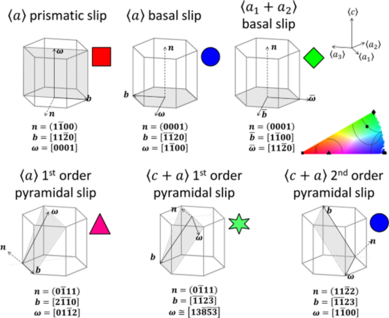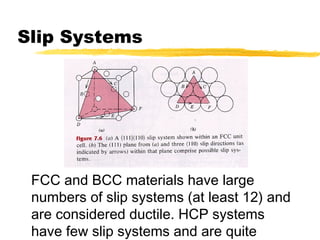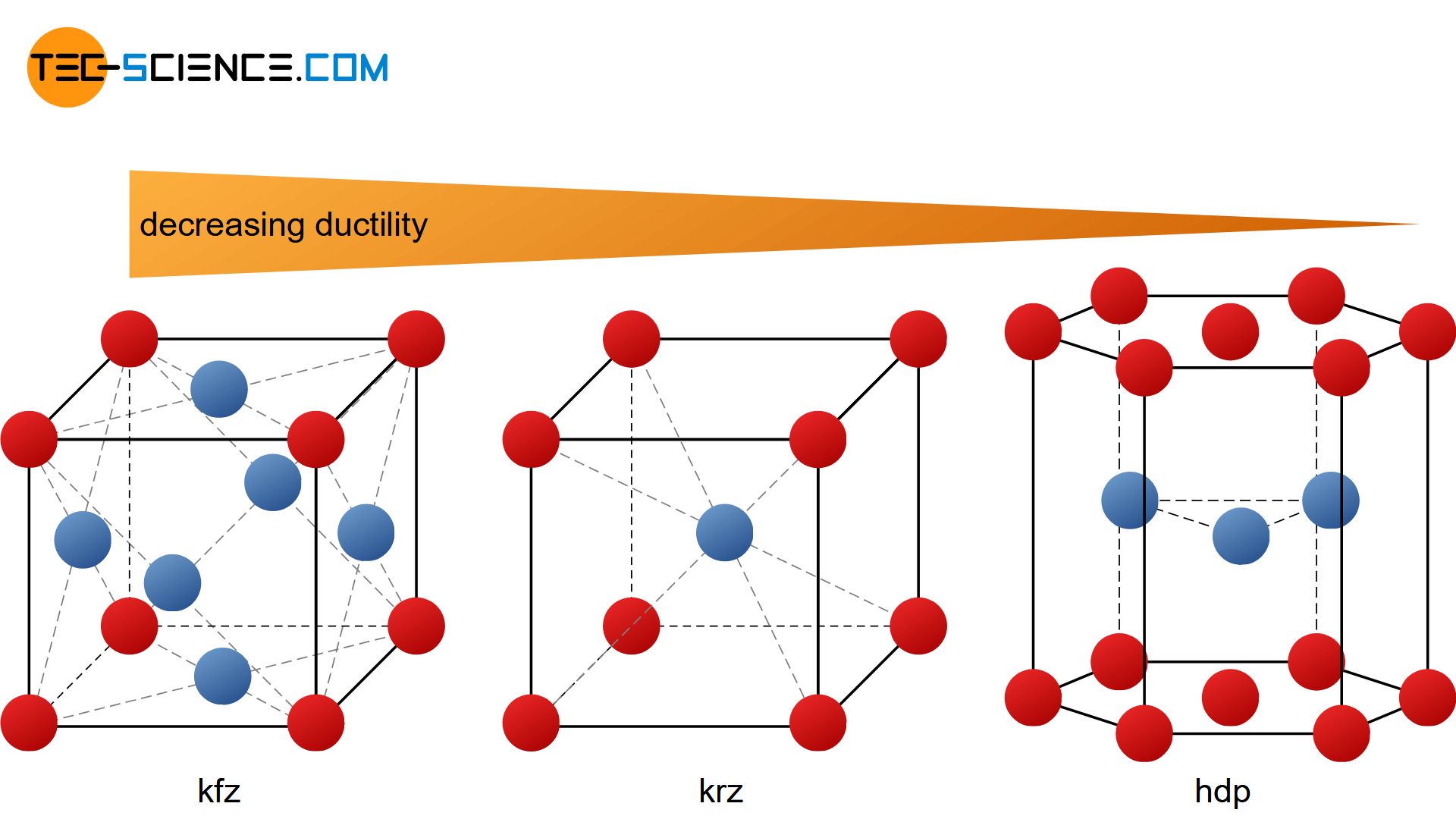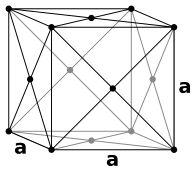What Is the Difference Between FCC and BCC? (Crystal Structure, Properties, Interstitial Sites, and Examples) – Materials Science & Engineering
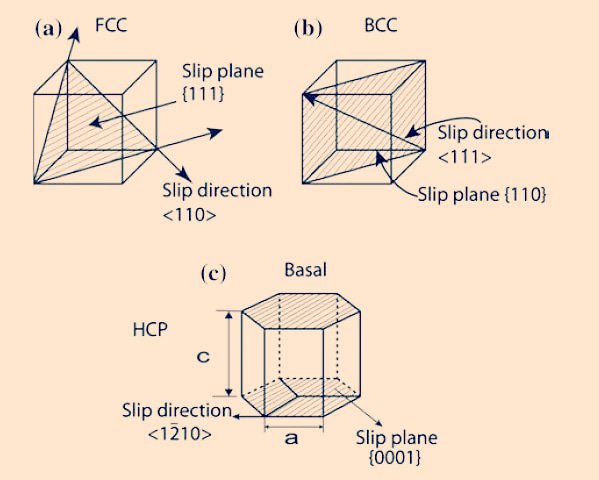
Metallurgical Engineering on Twitter: "Slip systems in #bcc , #fcc and #hcpcrystal #crystalstructure #materialscience #metallurgy #metallurgicalengineering https://t.co/J0zS8s7PUN" / Twitter
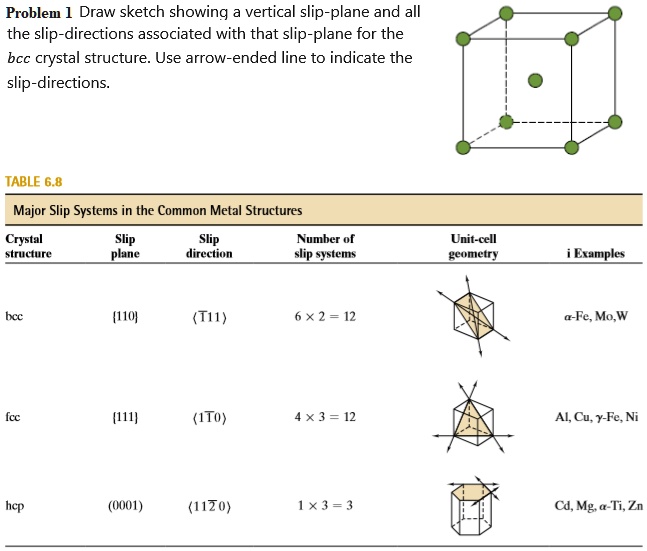
SOLVED: Problem 1: Draw a sketch showing a vertical slip-plane and all the slip-directions associated with that slip-plane for the bcc crystal structure. Use arrow-ended lines to indicate the slip-directions. TABLE 6.8
What Is the Difference Between FCC and BCC? (Crystal Structure, Properties, Interstitial Sites, and Examples) – Materials Science & Engineering
Slip systems leading to plane-strain plastic deformation for: (a)e(b)... | Download Scientific Diagram
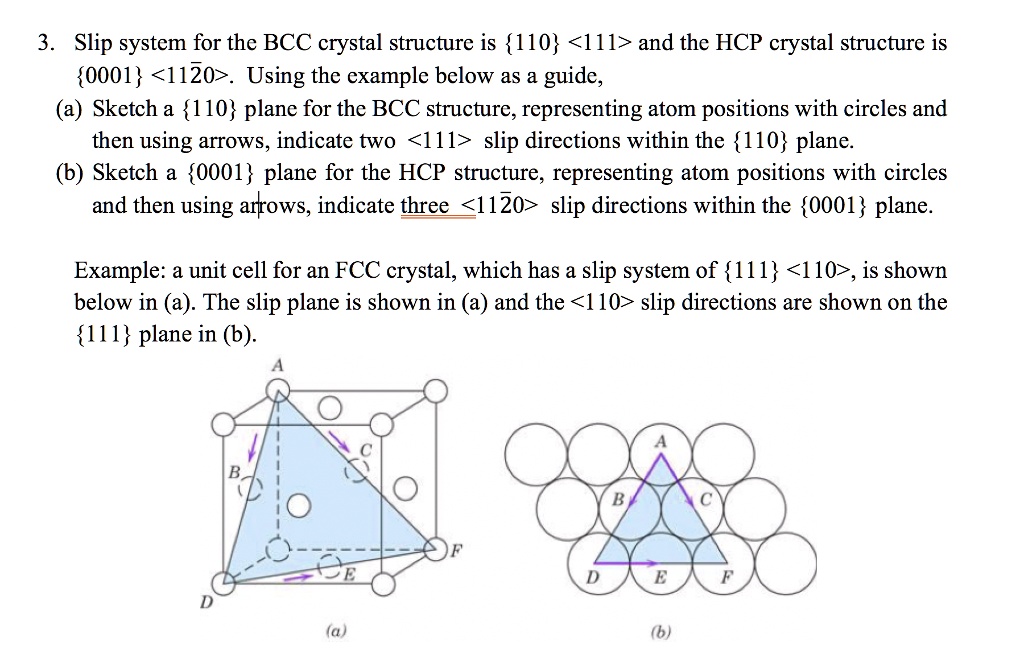
SOLVED: Slip system for the BCC crystal structure is 110 <111> and the HCP crystal structure is 0001 <1120>. Using the example below as a guide, sketch a 110 plane for the




